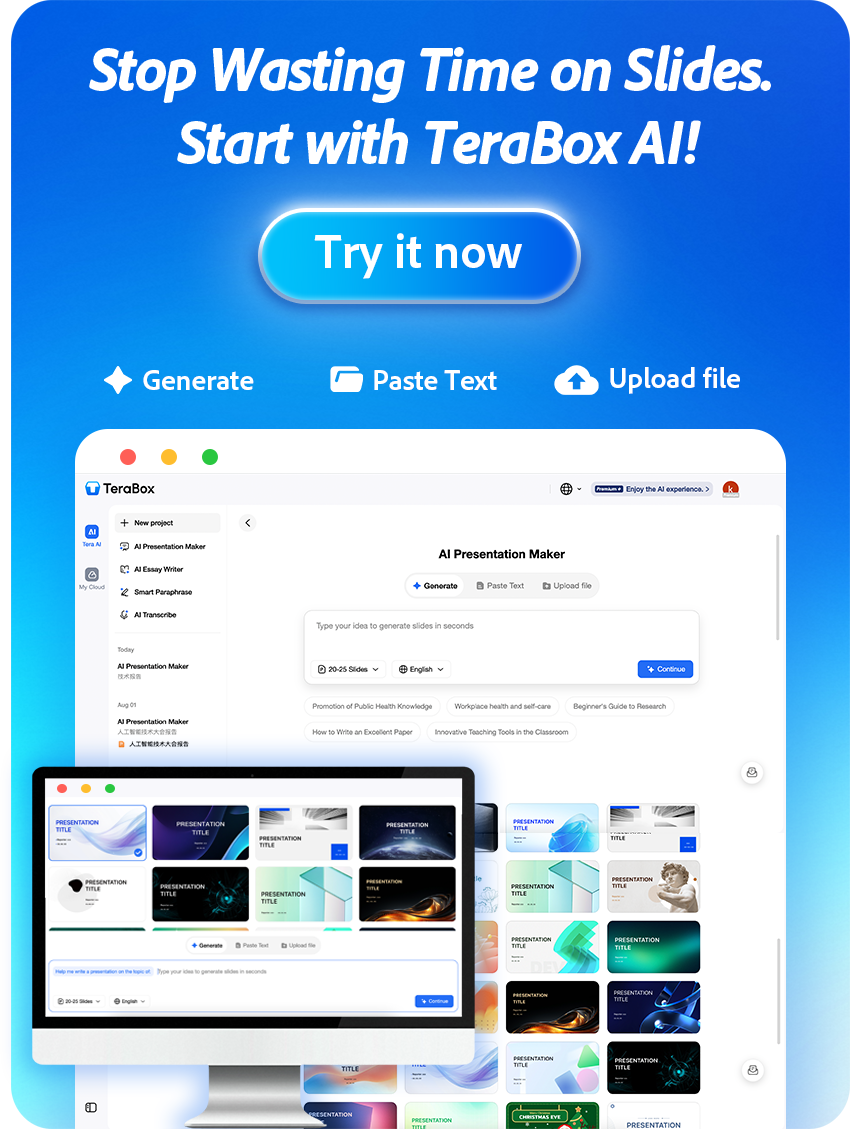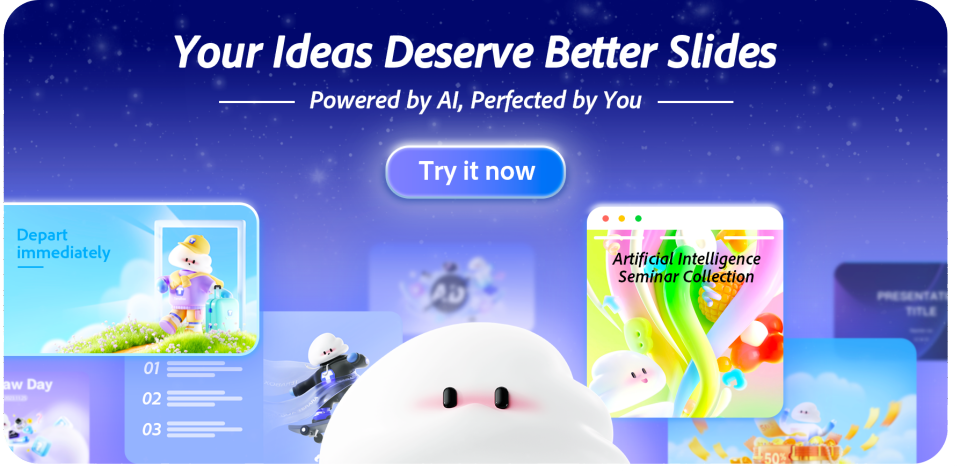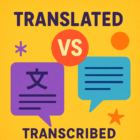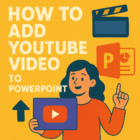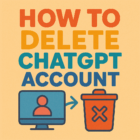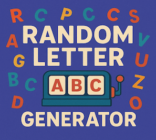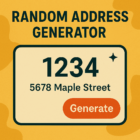In today’s fast-paced world, clear written communication matters. An ai letter generator is a convenient free AI writing tool (many offer free plans; advanced features may require a paid subscription) that helps you draft polished letters and documents quickly. This tool guides salutations, body paragraphs, and signatures so you can produce professional business letters, job application cover letters, or personal thank-you notes with less effort. Try a sample letter in under 60 seconds and see how it speeds up your writing workflow.
In an era where efficient communication is paramount, letter writing still matters for both personal and professional relationships. AI tools are transforming traditional letter writing — from formal business letters and proposals to creative personal messages and thank-you notes — by automating structure, improving tone, and helping you find the right words faster.
AI letter generators make drafting clear, well-structured letters accessible to everyone. Instead of wrestling with opening lines or formatting, you can focus on the message and purpose while the tool handles salutations, paragraphs, and signatures, saving you valuable time.
See the demo video for a quick walkthrough:
What Is an AI Letter Generator?
An AI letter generator is an automated tool that creates ready-to-use letters by turning your inputs into structured, audience-aware content. Unlike a basic text generator that produces generic paragraphs, a dedicated letter generator understands letter-specific elements — salutation, opening line, body paragraphs, closing, and signature — and formats them for the intended document or email.
Typical capabilities include using templates for different letter types (business proposals, cover letters, thank-you notes), adjusting tone and voice, performing grammar and style checks, and localizing content into another language if needed. The generator applies contextual cues from the recipient and purpose you provide so the content reads naturally and fits the expected format.
Because AI letter tools focus on correspondence structure, they save you time while improving consistency and clarity across your documents. Common outputs include downloadable documents (DOCX/PDF) or email-ready text with proper salutations, dates, titles, and an optional signature block.

Why Use an AI Letter Generator?
An AI letter generator speeds up your writing and raises the quality of your correspondence. These tools help you draft letters in seconds or minutes, reduce formatting errors, and keep wording consistent across documents—so you spend less time polishing and more time on the message.
1) Saves time and improves accuracy
Use the right tool and you can produce a polished letter in seconds. AI handles structure, grammar checks, and common phrasing, which reduces typos and awkward sentences—helpful when you need to turn around business letters or documents quickly.
2) Offers templates for different purposes (formal, business, personal)
Most generators include templates for formal correspondence, business proposals, cover letters, customer emails, and personal notes. Pick a template, fill in the recipient and purpose, and the generator supplies a professionally formatted draft you can adapt to match your brand or personal style.
3) Enhances tone and structure
AI makes it easy to switch tone and style—formal, friendly, or persuasive—so your message fits the audience. Small edits can turn “Hey Jane” into “Dear Ms. Smith” for a formal approach, or soften language for a personal thank-you note. Try the business letter template to speed up proposals and then tweak the tone to match your recipient.

How to Write a Letter Using an AI Generator (Step-by-Step)
Crafting a letter is straightforward when you use an AI letter generator. Follow this concise workflow to produce a clear, audience-focused draft that you can quickly refine.
1) Choose letter type
Select the template that matches your goal — business proposal, cover letter, customer email, formal complaint, or a personal note. Choosing the correct letter type primes the generator to use appropriate structure and headings for the document.
2) Enter recipient and purpose
Provide the recipient’s name, title or role, and a one-sentence description of the purpose (e.g., “request a meeting about Q4 partnership”). These details help the AI produce recipient-aware phrasing and correct salutations.
3) Customize tone or style
Pick a tone (formal, friendly, persuasive) and any style notes (concise, detailed, or branded voice). Micro-tip: if the output feels off, add a short prompt like “more formal” or “shorter paragraphs” to nudge the generator.
4) Generate and edit results
Click the generate action to create a draft. Review the draft for accuracy—check names, dates, and facts—then tweak wording, adjust paragraphs, and finalize the salutation and signature. Example prompt → result: prompt “Cover letter for marketing manager role, recipient: Hiring Manager, purpose: highlight product launch experience” → opening: “Dear Hiring Manager, I’m writing to apply for the Marketing Manager position and to share results from a recent product launch that increased sales by 20%.”
Try a quick sample: select “business proposal” → enter recipient and one-line purpose → generate — then save or export the finished letter as a document or email-ready text.

Comparing Free vs. Paid AI Writing Tools
Choosing between free AI writing tools and paid AI letter generators affects capabilities, output quality, and team integration. Free options are great for occasional use and simple documents; paid plans unlock advanced customization, broader template libraries, and features built for businesses and teams.
When to choose which:
- Free: You need a quick draft, occasional emails, or to test basic functionality without commitment.
- Paid: You write business letters regularly, need branded voice and team templates, require export and integration options, or want priority support.
Paid tiers typically add features such as custom brand voice, team accounts, single-sign-on, API access, richer export formats (DOCX, PDF), and more granular tone and style controls—useful for companies that must keep documents consistent across teams.
| Feature | Free AI Writing Tools | Paid AI Letter Generators |
|---|---|---|
| Cost | Free tier / limited usage | Monthly / Annual subscription |
| Templates Available | Basic selection | Extensive, industry-specific templates |
| Customizability | Minimal (preset options) | Advanced: brand voice, saved prompts, team templates |
| Performance | Good for simple writing | Better for complex business letters and documents |
| Export & Integration | Copy/paste or basic export | DOCX, PDF, email export, API & SSO |
| User Support | Community / limited help | Dedicated support, onboarding for teams |
Tip: Try the free plan first to evaluate core tools, then upgrade if you need document export, company-level templates, or team features. Compare plans and test a business letter template to see how much time and editing the paid option saves.

Step-by-Step: How to Use an AI Response Generator
Using an AI response generator is simple and can speed up many writing tasks. Follow this clear five-step process to get useful, editable output every time.
1) Choose a reliable AI response generator platform.
Pick a platform with good reviews and the features you need—look for strong privacy practices, export options, and support if you work with a team. For business use, prefer tools that offer team accounts or SSO.
2) Enter your query or prompt clearly.
Write a concise prompt describing the goal, recipient, and desired tone. Example short prompt: “Write a polite follow-up email.” Example detailed prompt: “Write a one-paragraph follow-up email to the product manager (Name) thanking them for the meeting and proposing next steps; tone: professional and concise.” Better prompts yield more relevant responses.
3) Click “Generate” to receive your response.
Hit the generate/create/compose action (label varies by tool) and wait for the AI to return text. If the first output is off-target, refine your prompt—add specifics like recipient role, desired length, or a key data point.
4) Edit, refine, or regenerate as needed.
Review and edit the AI’s response to ensure accuracy and correct tone. Regenerate if necessary, or combine the best parts of multiple outputs. Watch for placeholders and verify names, dates, and figures before sending.
5) Save or export your output.
Once finalized, save or export the result as email-ready text or a document (DOCX/PDF), or copy to clipboard. Avoid pasting sensitive personal or financial data into prompts to protect privacy.
Best Use Cases for AI-Generated Letters
AI-generated letters are versatile and time-saving across personal and professional scenarios. Below are high-impact use cases where a letter generator helps you produce polished, purpose-driven content faster.
1) Business proposals
Use AI to draft business proposals and formal business letters that outline objectives, deliverables, and next steps. Example opening: “Dear [Name], I’m reaching out to propose a partnership to increase Q4 revenue through a co-marketing campaign.” Result: clearer structure and faster document turnaround for client-facing documents.
2) Job applications
Job seekers can generate tailored cover letters that highlight relevant achievements and align with job descriptions. Example opening line: “Dear Hiring Manager, I’m applying for the Marketing Manager role and bring five years of product launch experience.” AI helps you produce focused, concise letters that improve your chances with hiring teams.
3) Customer communication
Draft customer service emails, responses to inquiries, or complaint resolutions. Example subject: “Response to your support request — next steps.” AI can format email-ready replies that preserve brand tone and speed up response times, improving customer satisfaction.
4) Personal thank-you notes
Create sincere, customized thank-you letters or messages—ideal after interviews, meetings, or events. Example: “Dear [Name], thank you for taking the time to meet yesterday — I appreciated your insights on the project.” These short, personal letters strengthen relationships with minimal effort.
| Use Case | Description | Benefits |
|---|---|---|
| Business proposals | Structured documents for partners or clients. | Saves time and improves clarity for documents and business letters. |
| Job applications | Tailored cover letters for specific roles. | Increases relevance to hiring managers and speeds up application writing. |
| Customer communication | Email and letter responses to customers. | Improves response time and ensures consistency across team emails. |
| Personal thank-you notes | Short, customized messages of appreciation. | Strengthens relationships with minimal effort. |
Tip: Try the appropriate template—business proposal, cover letter, or customer email—then customize the recipient name, purpose, and brand voice before exporting the document or sending the email.
Tips to Improve AI-Generated Letters
AI can create a solid draft, but small human touches make letters memorable. Focus on personalization, careful review, and selective human edits to turn a generic draft into an effective, authentic message.
1) Add personal details
Include one or two specific details that connect to the recipient — reference a recent meeting, a shared project, or a mutual contact. Example snippets: “Following our meeting on May 12,” or “As we discussed during the product demo, …” These details make the letter feel tailored rather than templated.
2) Review for accuracy and tone
Always verify names, titles, dates, and figures before sending. Read the letter aloud to check tone and natural flow; use grammar and style checks to catch subtle errors. If the tone is off, adjust with short edits like swapping “Hey” for “Dear” or tightening long paragraphs.
3) Combine AI drafts with human edits
Use the AI-generated draft as a starting point: keep the useful structure and phrasing, then add your voice and context. Edit openings and closings, refine key paragraphs, and finalize the signature. Save successful versions as templates for future use and consider A/B testing different tones to see what performs best with your audience.
Quick checklist before you send: confirm recipient names and titles, correct dates, proper salutation, concise paragraphs, and an appropriate signature. These small checks keep your AI-assisted writing professional and personal.
Common Mistakes to Avoid When Using AI Writing Tools
AI writing tools speed up drafting, but common missteps can reduce the quality of your final letter. Watch for these pitfalls and use the corrective actions below to keep your output professional and accurate.
1) Over-reliance on templates
Problem: Relying only on a template produces generic wording that may not fit your situation. Fix: Replace one or two template sentences with a specific detail (e.g., reference a recent meeting or project) to make the message feel tailored.
2) Lack of personalization
Problem: Skipping personalization makes letters feel impersonal. Fix: Add the recipient’s correct name and title, a relevant reference or anecdote, and a sentence tying the letter to the recipient’s needs.
3) Ignoring proofreading and grammar checks
Problem: AI can miss subtle grammar or fact errors and may introduce awkward phrasing. Fix: Run a grammar/style check, read the draft aloud, and verify all dates, figures, and proper nouns before sending.
4) Not staying engaged with the draft
Problem: Treating the AI output as final can lead to tone mismatch or factual mistakes. Fix: Edit openings and closings, adjust paragraph length, and ensure the salutation and signature are appropriate for the context.
Quick pre-send checklist: confirm recipient names and titles, correct dates, accurate facts and figures, appropriate tone for the audience, and a proper signature block. Also, avoid pasting sensitive personal or financial data into prompts—protect privacy and company info.
Future of AI in Letter Writing
The future of AI writing points toward smarter, more personalized letter creation. Upcoming trends include advanced personalization algorithms that adapt content to a recipient’s role and preferences, tone adaptation that matches context automatically, and robust multilingual generation so you can produce letters in another language without losing nuance.
Expect features like auto-adapting brand voice and identity across documents, language auto-detection with localized salutations and signature suggestions, and deeper contextual awareness that uses safe, consented data to tailor phrasing and format. These capabilities will make writing faster while keeping messages on-brand for companies and teams.
That said, ethical and privacy considerations will be important: transparent data handling, opt-in personalization, and controls over how identity and company information are used will be essential as tools become more powerful. Subscribe for feature updates or test multilingual templates to stay ahead as AI continues to improve business and personal writing.
Conclusion
AI letter generators make letter writing faster and more consistent without sacrificing quality. As a versatile letter generator, these writing tools help you save time by handling structure, grammar, and formatting so you can focus on the core message and purpose.
Whether you need a formal business letter, a tailored cover letter, or a short personal note, AI tools help you match tone and style to your audience and produce ready-to-send documents. They’re especially useful for teams that need consistent brand language across many letters and for individuals who want professional results with less effort.
Next steps: try a sample template (start with a free plan if available), customize the recipient and purpose, and compare free vs. paid options to find the feature set that fits your needs. Experiment with different tones and save successful drafts as templates to speed up future writing.
